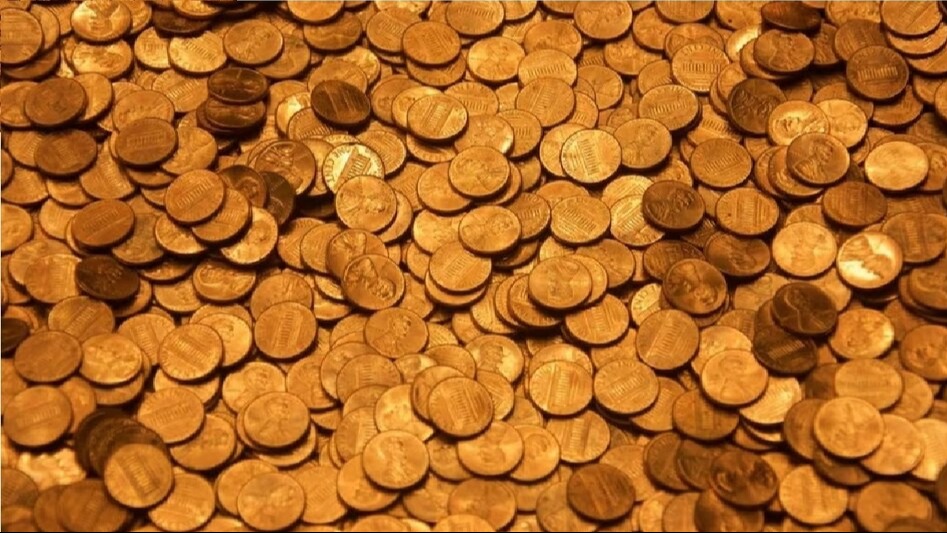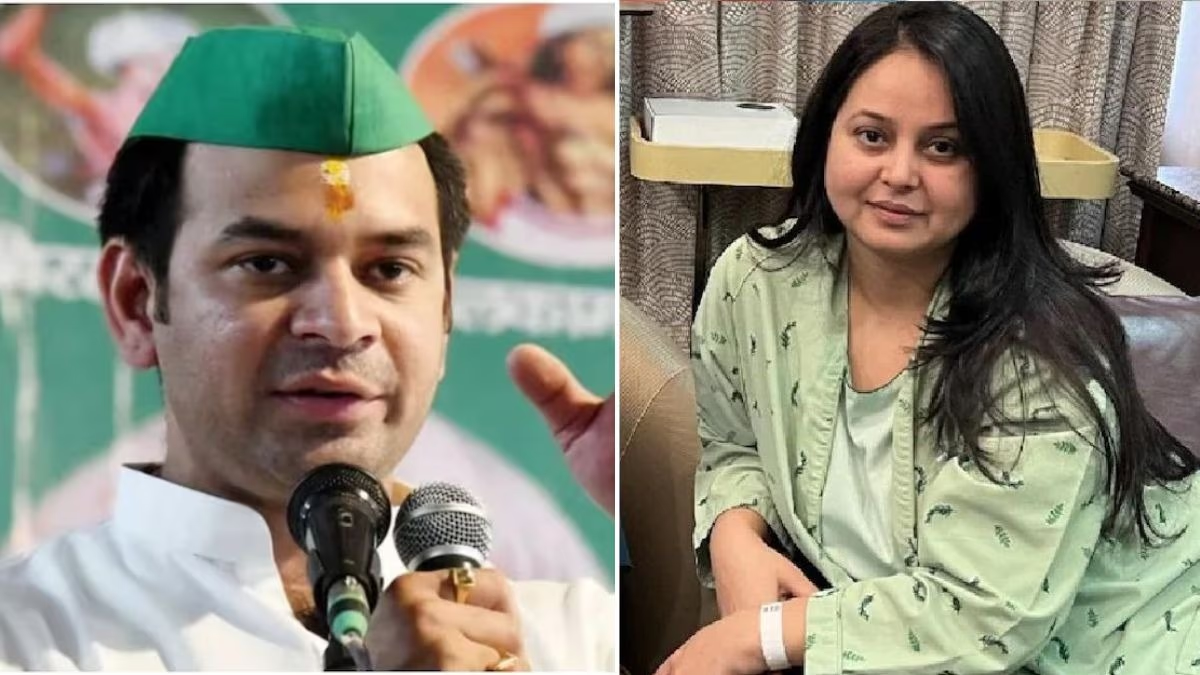The Government of Goa has reopened a treasury vault in Fazenda Building, behind the old secretariat, after 32 years. This vault from the Portuguese era, last opened in 1992, has yielded a bounty of gold and copper coins amongst other priceless items.
Chief Minister Pramod Sawant stated that, after a hiatus of 32 years, the vault has been opened to reveal treasures such as 2.234 kilograms of gold, ornate jewelry, and ancient coins. This government vault, untouched for over three decades, contained rarities that will now grace the museum's exhibits.
The CM disclosed findings that include gold fragments weighing 2.23 kilograms, about 5,000 old coins, 307 copper coins dated from various times weighing 3.15 kilograms, 814 coins weighing 4.78 kilograms with Arabic inscriptions, and 786 copper coins featuring Queen Victoria. In addition, copper vessels and other items were discovered.
Goa's Struggle for Freedom
For 451 long years, Goa was under Portuguese rule. On December 19, 1961, 14 years after India's independence, Goa became free. The Indian army liberated Goa from Portuguese control in 1961. In the 1940s, when the Satyagraha movement was active in India, Goan citizens also played a part. Despite India's independence in 1947, the distinct culture of Goa led the Portuguese to resist liberation. Although India tried to negotiate, they eventually launched 'Operation Vijay' to free Goa from the Portuguese regime.




